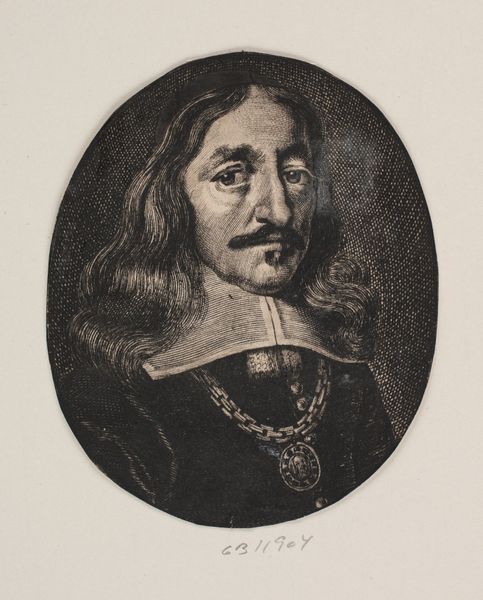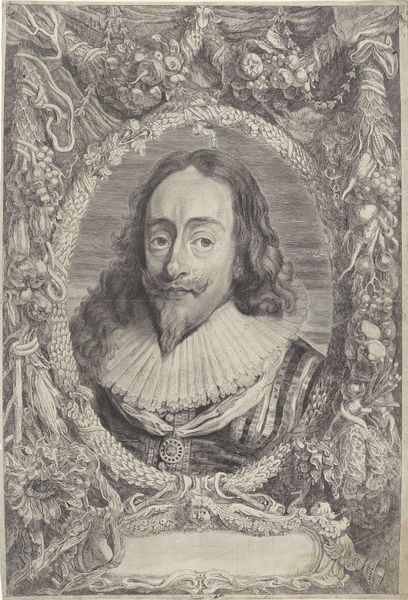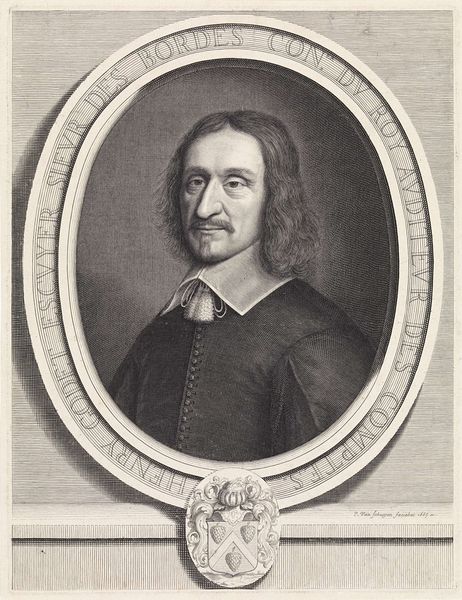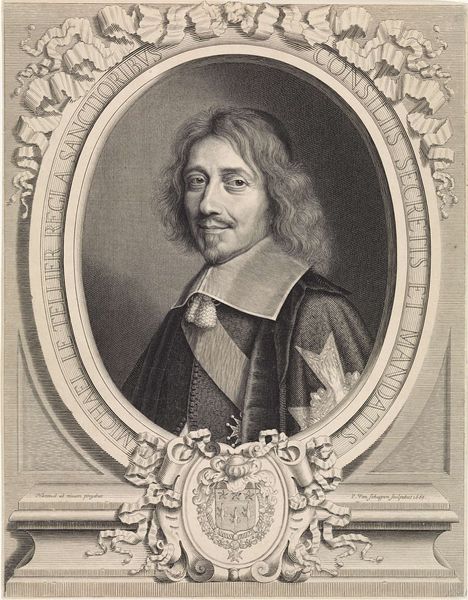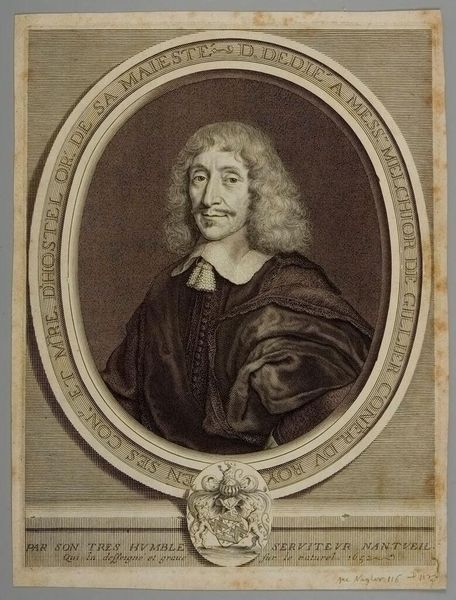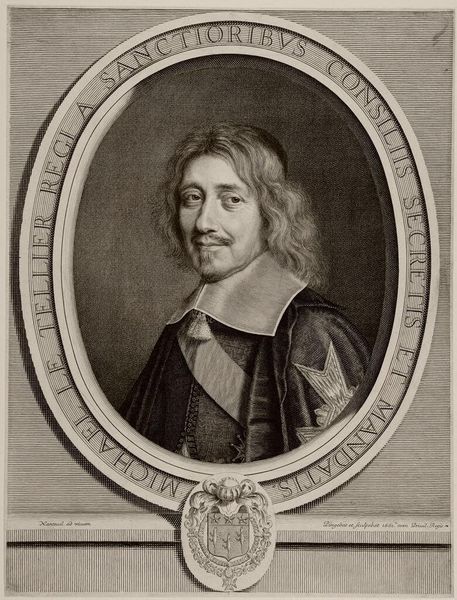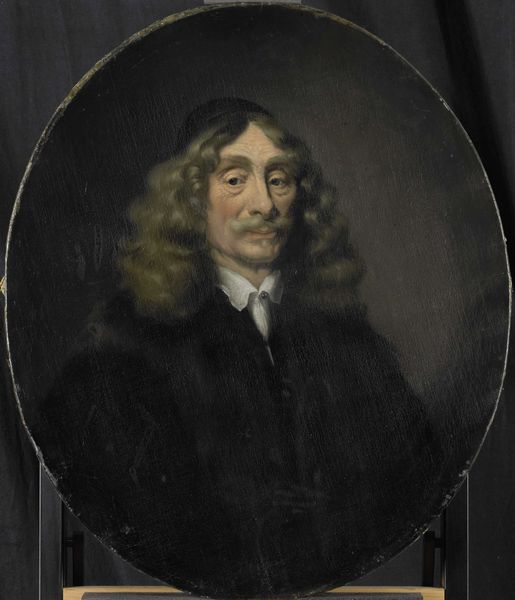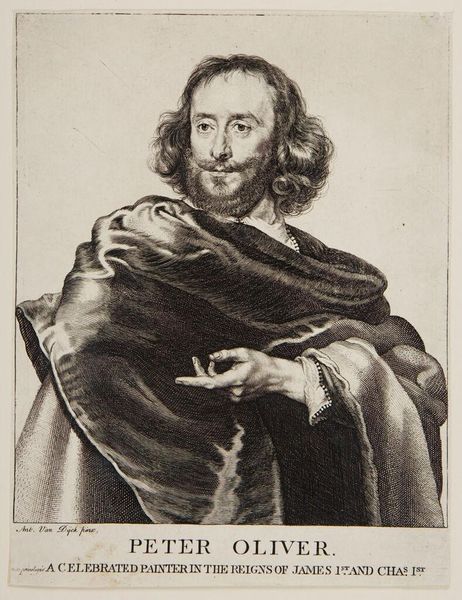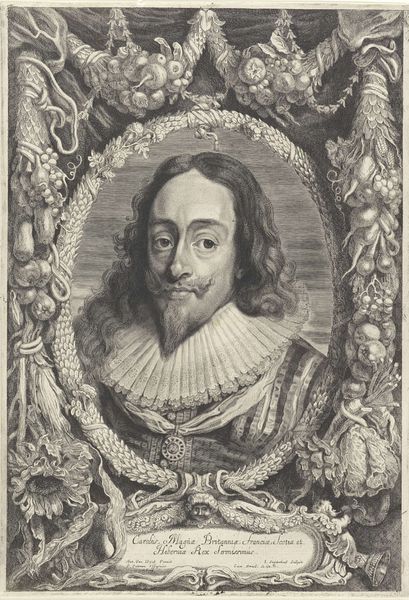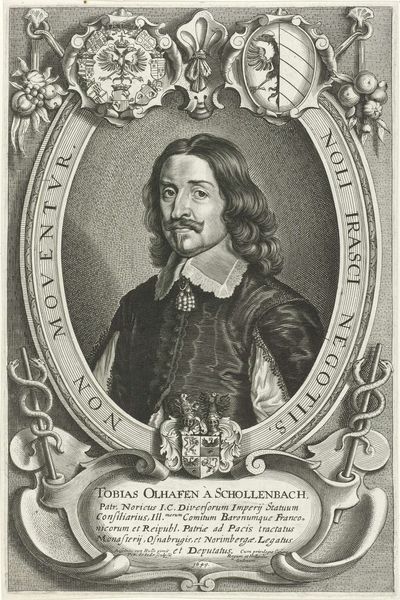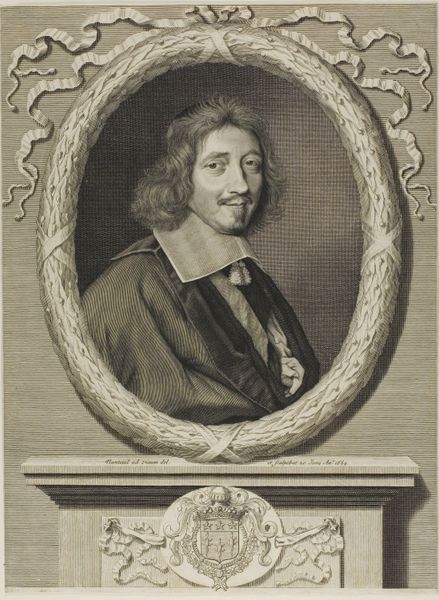
painting
#
portrait
#
baroque
#
painting
#
miniature
Dimensions: height 8 cm, width 6.4 cm, height 9.5 cm, width 6.6 cm, depth 0.7 cm
Copyright: Rijks Museum: Open Domain
John Hoskins painted this portrait of Charles I on a thin piece of ivory, likely sometime in the 1630s. Hoskins specialized in portrait miniatures, a genre that required incredible precision and control. Ivory was a prized material, smoothly sanded to receive delicate layers of watercolor. Look closely, and you’ll see the subtle modelling of the King’s face, achieved through countless tiny strokes. This painstaking technique speaks to the preciousness of the commission. Hoskins was an accomplished member of the Painter-Stainers’ Company, an important guild in the city of London. His success depended on his mastery of the materials, the skills of his hand, and an efficient workshop. Consider the social context: Charles I was an unpopular monarch, eventually beheaded in 1649. Yet, Hoskins’s artistry transcends these political circumstances. It’s a testament to the enduring power of skilled craftsmanship, reminding us that even the smallest of objects can embody profound artistry and historical significance.
Comments
No comments
Be the first to comment and join the conversation on the ultimate creative platform.

